Messina certainly has a glorious but at the same time nefarious past. It was founded by the Sicilians before the VIII century BC who called it Zancle. Later it was conquered by the Greeks, who changed its name to Messina. Like the rest of Sicily in the following years it was conquered by different peoples, including the Romans who transformed it into an important port city of their empire.
At the beginning of the 1900s, however, a powerful earthquake followed by a tsunami destroyed the city and later, the bombs during the Second World War gave it the coup de grace . These events have certainly deeply marked Messina and today the ancient city has been lost, but not entirely.
Tip from Topsecretsicily: Here you have the opportunity to book a walking tour of Messina and here a traditional cooking class at the home of a Messina chef.
1. The Cathedral of Messina
The cathedral was built by the Normans but was first damaged by the earthquake of 1783 and then by the tsunami in the early 1900s and later by bombing during the Second World War. Despite everything, however, the people of Messina who have never lost heart and have always restored it. Thanks to them, therefore, today we can still admire it in all its glory.
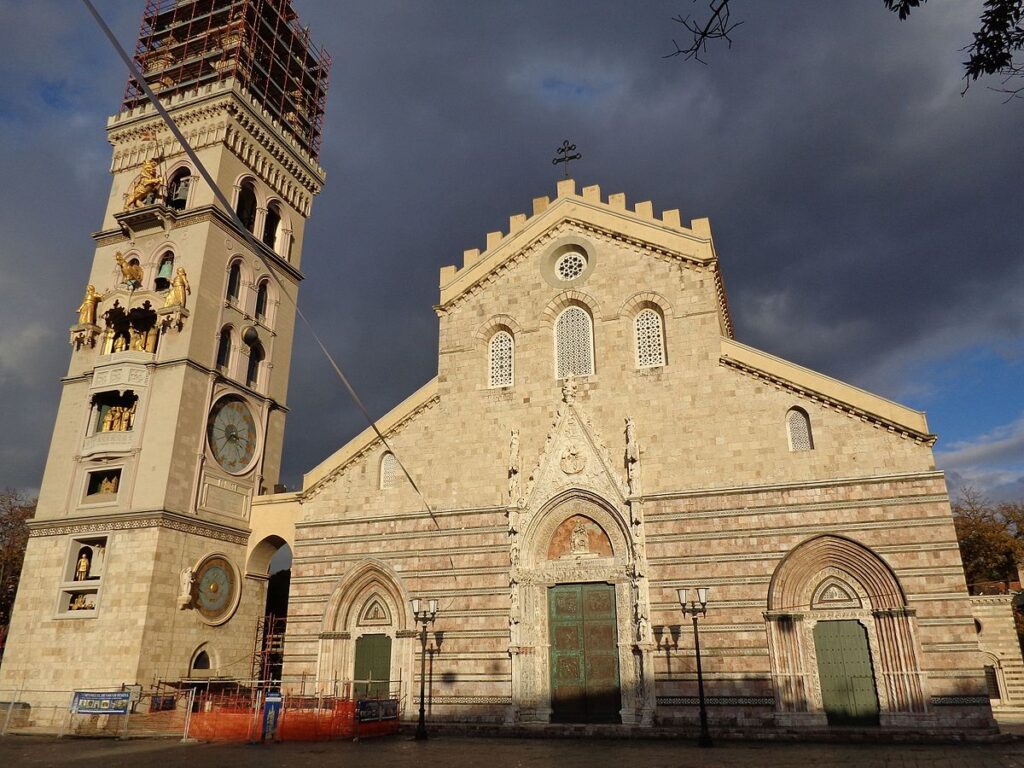
2. Messina Astronomical Clock
The astronomical clock is one of the largest and most complex in the world , it is located in the bell tower of the Cathedral and is certainly the main attraction of the city. It was designed by the Ungerer firm of Strasbourg and was inaugurated in 1933.
Every day punctually at 12:00 the clock is activated . A complex mechanical system allows the movement of the statues, which represent the civil and religious traditions of the city. You can also visit the bell tower inside and thus see the complex mechanical mechanisms of the clock and admire the whole city of Messina from above.
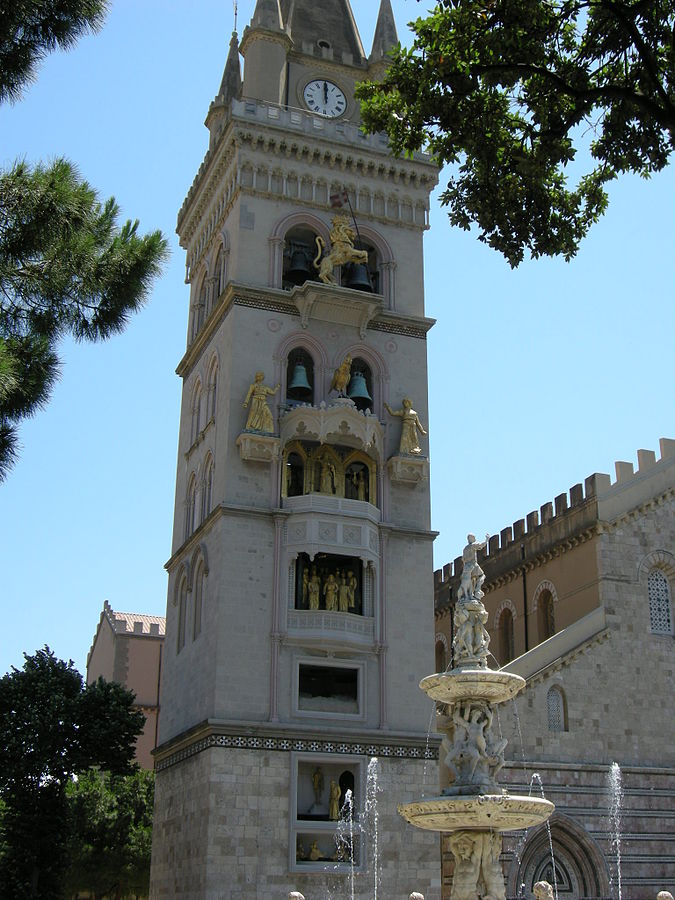
3. Fountain of Orion and Neptune
The Fountain of Orione was built by a pupil of Michelangelo in the 1500s, to celebrate the construction of the aqueduct in Messina . It is located in the center of the Piazza del Duomo and was described by the art historian Bernard Berenson as the most beautiful fountain of the sixteenth century in Europe.
Even the fountain of Neptune dates back to the 16th century and unlike the fountain of Orion it did not suffer any damage, despite the earthquake. At the top stands majestic Neptune and at his feet Scylla and Charybdis stand out among four sea horses that symbolize the ocean .
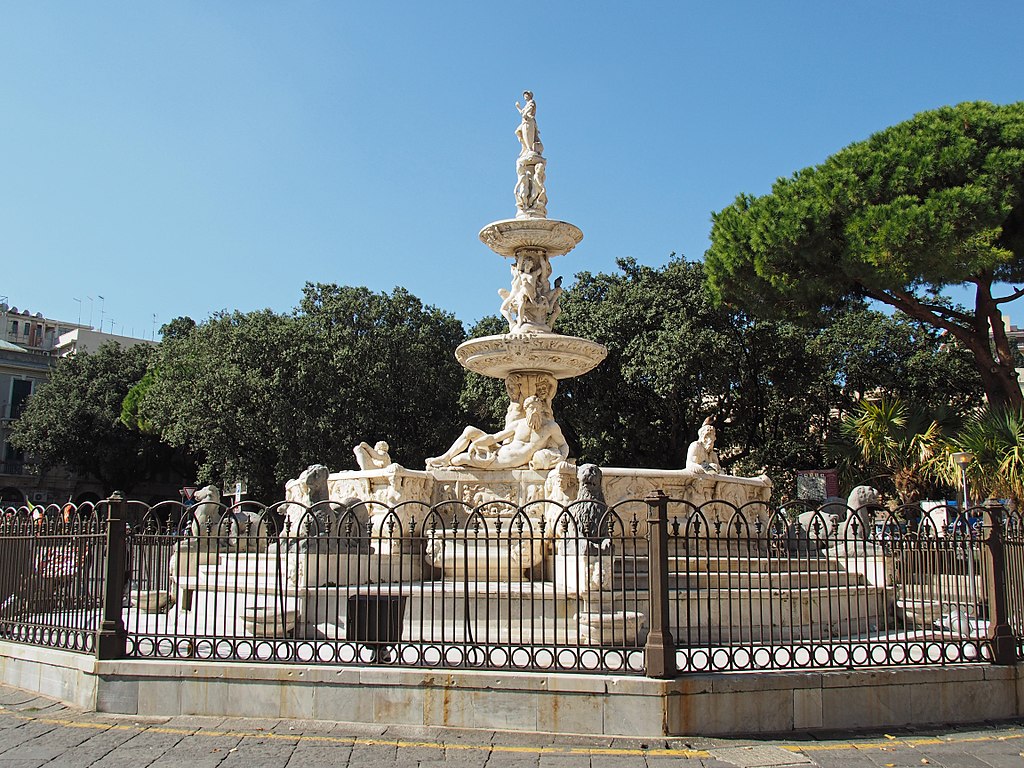
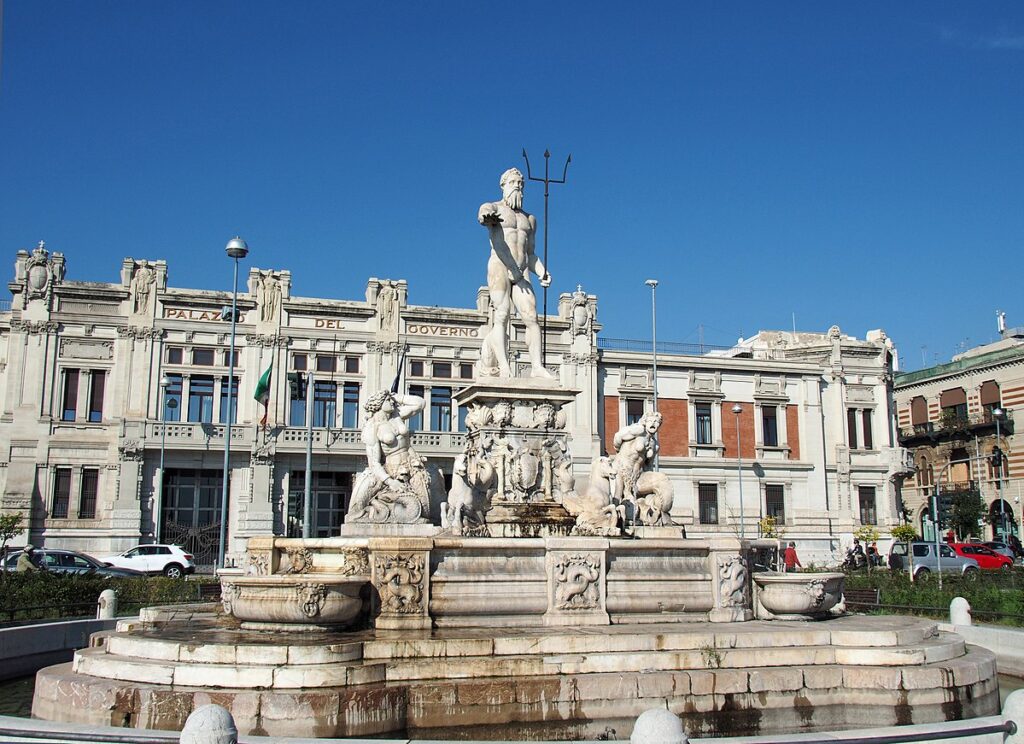
4. Santissima Annunziata dei Catalani Church
It is a small Arabian-style church , built by the Normans in the 12th century, over the ruins of an ancient Greek temple dedicated to Poseidon. The church is located at a lower level than the road, this is because the modern city is located above the rubble produced by the earthquake.
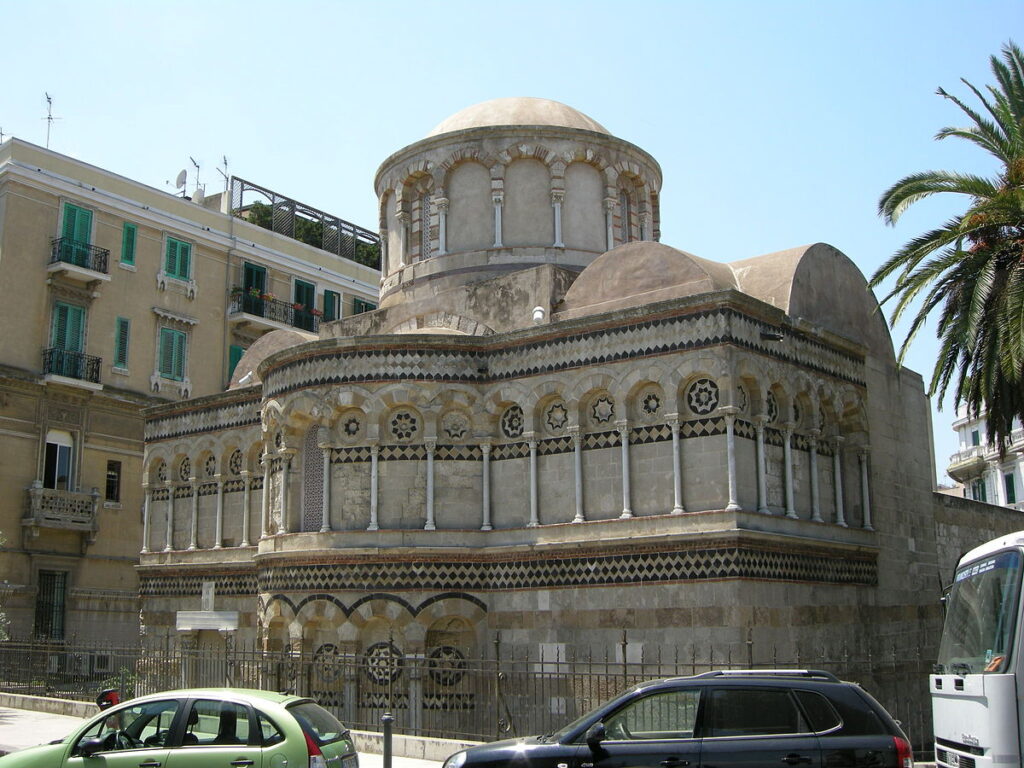
5. Regional Museum
It will take you about half a day to visit the museum, given the vastness of the exhibited works . These are paintings and sculptures from different artistic periods, starting from the Middle Ages up to the nineteenth century. The quality is really very high, think that there are also exhibited works by Antonello, Caravaggio and collaborators of important artists of the caliber of Raphael for example. There is also a small archaeological area with finds from the Greek and Roman period.
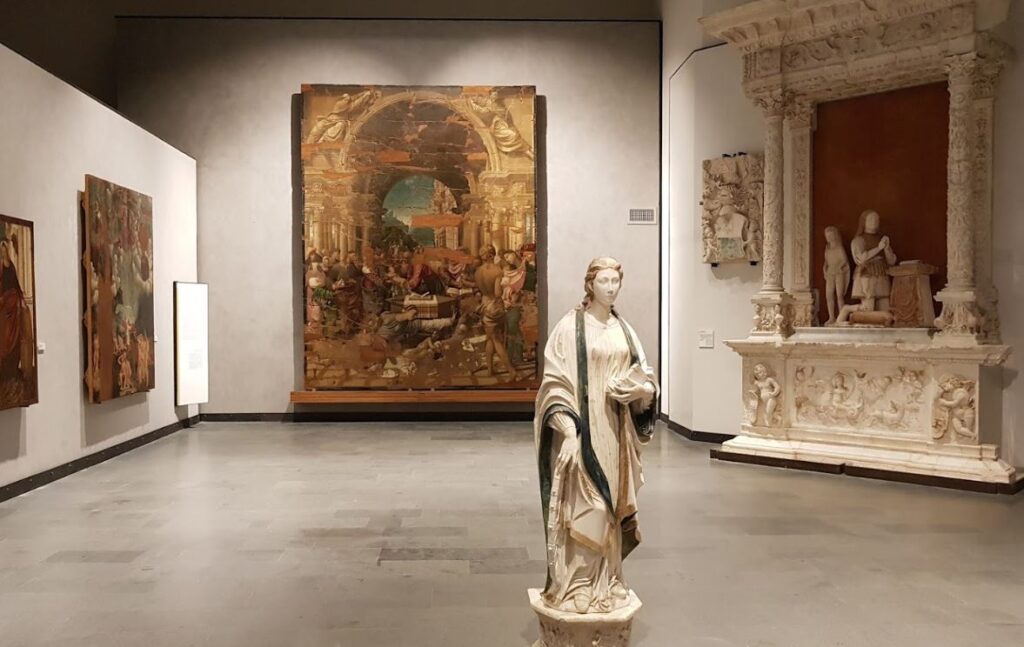
6. Top Secret Tip: Viewpoint and migratory birds
Mount Dinnamare is certainly one of the things to see in Messina, even if it is not very well known. Reaching the top at about 1127 meters high, near the Sanctuary of the Madonna di Dinnamare, you will have a splendid view of the Tyrrhenian, Ionian, Strait of Messina and the Aeolian islands .
Also from here you can admire every spring, a unique spectacle of its kind, the passage of migratory birds, especially birds of prey . In fact, every year, starting from sub-Saharan Africa, they face a journey of over five thousand kilometers to go and nest in northern Europe. In spring, more than 70,000 birds pass through here, the first weeks of May are the best time to observe them, with passages of 1,000 – 5,000 birds of prey per day.
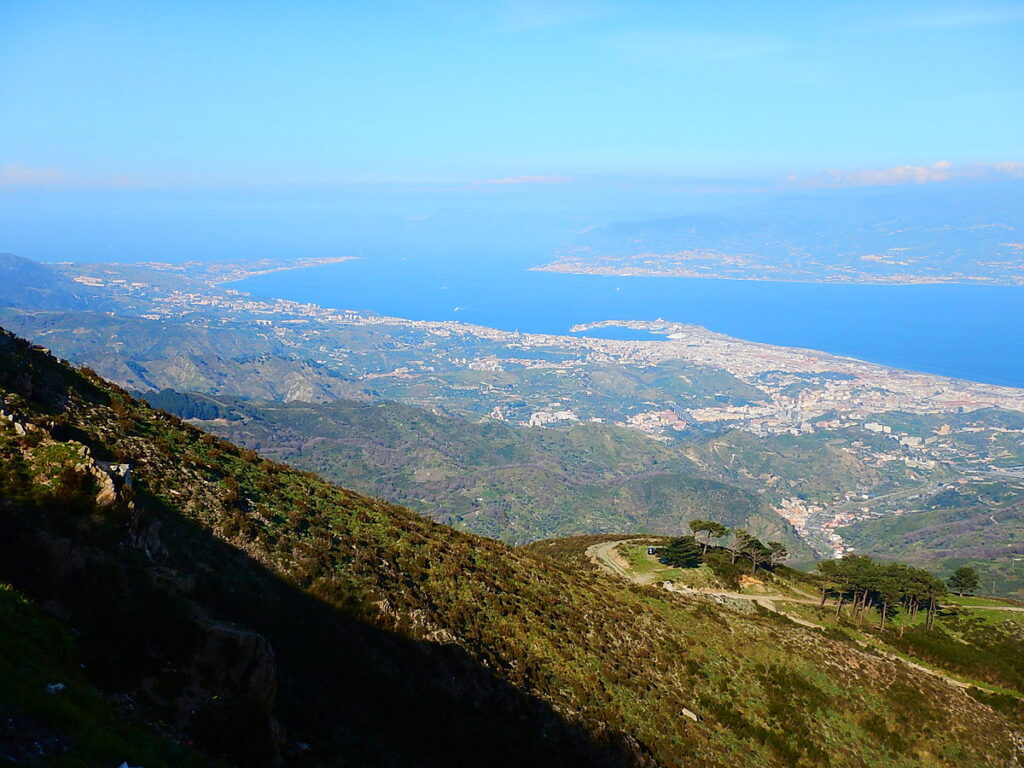
Interactive map of Messina – Points of interest in purple
To locate yourself once in the area, click on the enlarge symbol at the top right of the map.
What to eat in Messina
Here you will find tips on what to eat in Messina and surroundings , here instead you find the typical Sicilian dishes.
